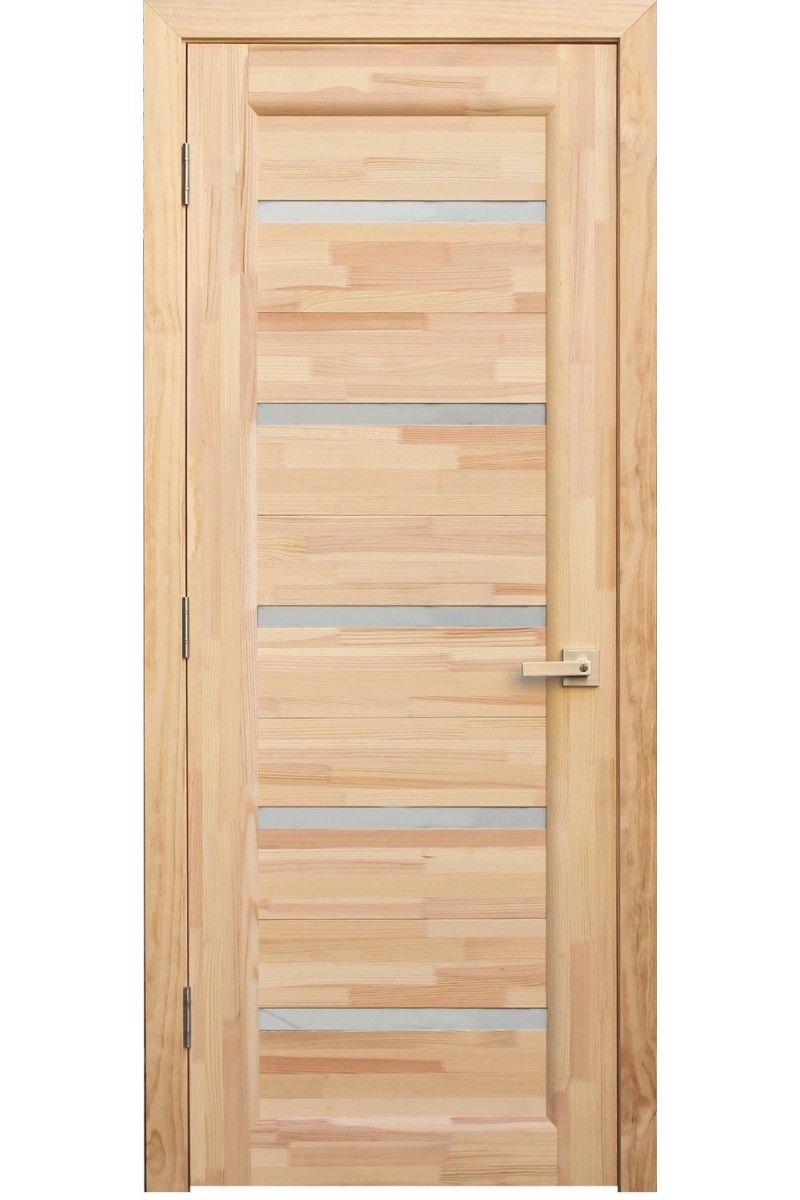Door Locks
Baskets. There are two common baskets for residential doors – 2 3/8″ and 2 3/4″. The basket is the horizontal distance between the center of the bore and the door edge. Ville Doors prepares your doors for a 2-3/8″ latch basket unless specified. The image shown on the right pertains to all tubular lock sets or latches including deadbolts, door knobs, door levers.
Tubular Locks are the most common in the US. They are easy to install or replace. Just make sure the backset is the right length. Tubular locks are widely found in residential and office doors. They are relatively secure for most applications.
Mortise locks are the most secure locks that combine locking and latching mechanism in the same device. A higher security is achieved by a thicker and longer mortise box. These types of locks require special tools, and machining skills.
Mortise Lock Set
Magnetic Lock is operated by a magnet embedded in a lock. By turning a lever, you can release the catch and pull the door open. This fancy lock is completely silent, there are no loaded springs. No visible latch bolt facing out. Magnetic locks are offered for mortise and tubular locks.
Keyed Entry levers are often used on exterior doors. Both handles lock or unlock by a key on one side and a thumb turn on the other side.
Privacy handles are most commonly used for bedroom and bathroom doors. Both levers lock or unlock by a flat pin key or thumb turn depending on design.
Passage levers are typically used for hallway and closet doors, where no privacy is required. Both levers are free to turn.
Dummy levers are typically used for decorative purposes, such as a door lever for an inactive door in a double door configuration. It is stationary on the door and does not provide any latching function.
































